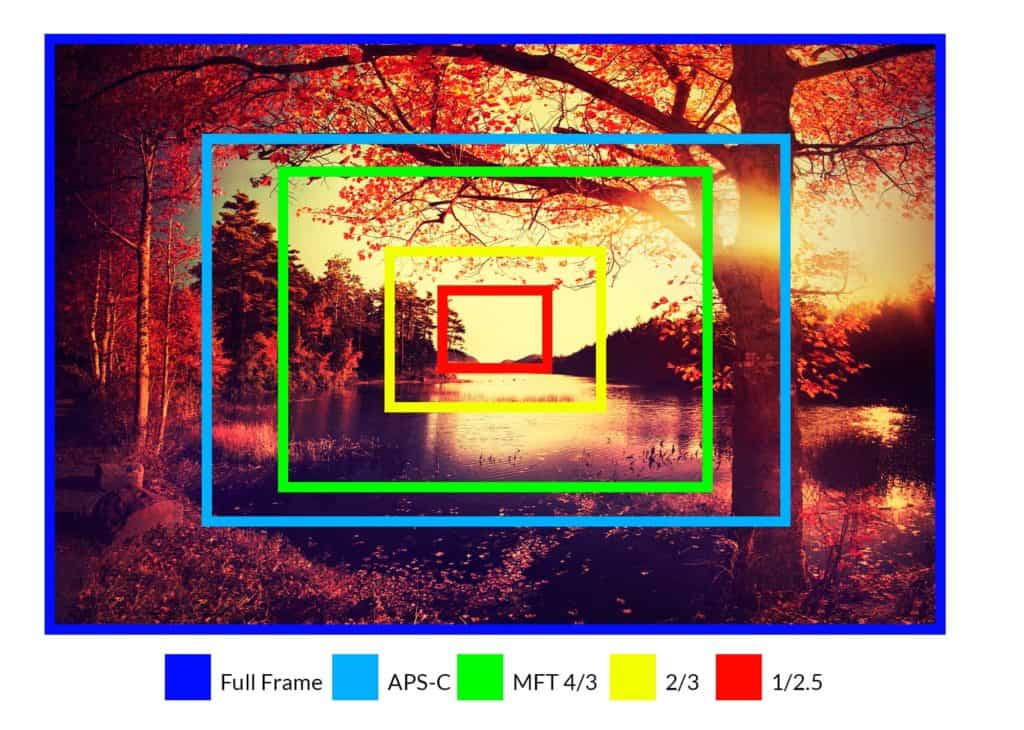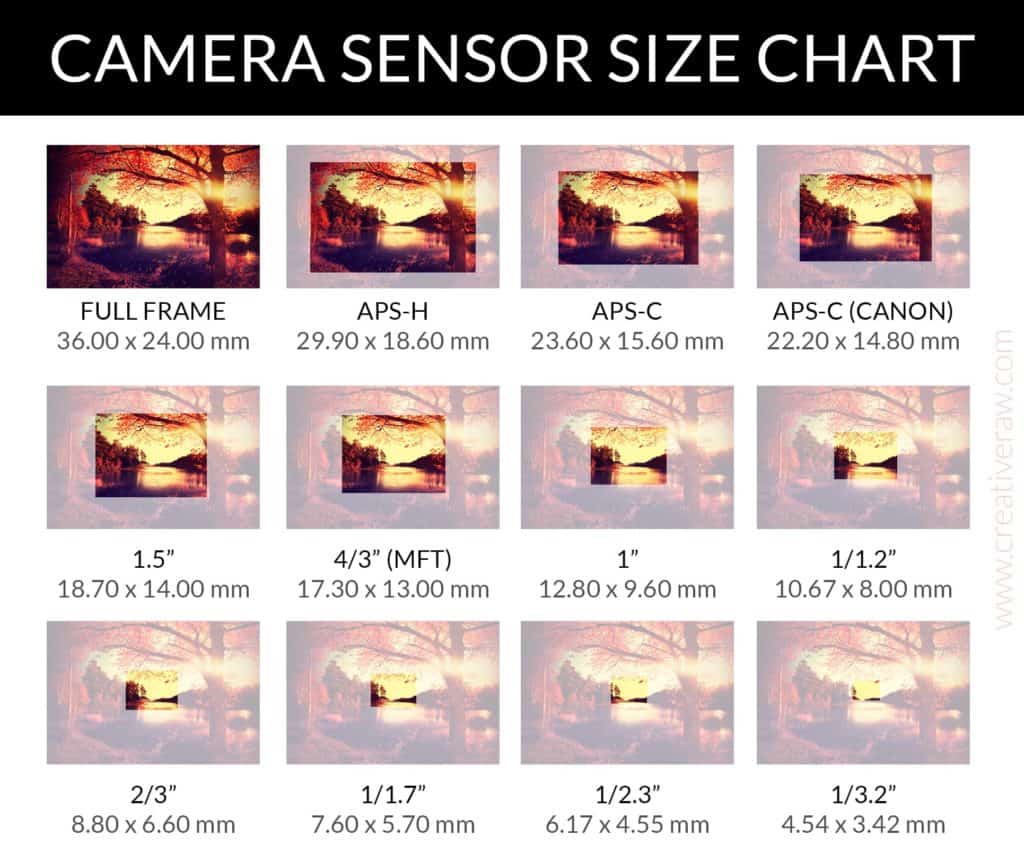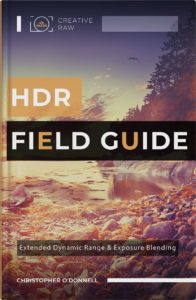Camera Sensor Size Explained + Sensor Chart
Camera Sensor Size Explained + Sensor Chart
Let’s start by dispelling the megapixel myth that many still believe: a higher megapixel count does NOT equal a higher quality image.
Even the latest iPhone camera can’t compete with a 12MP full-frame DSLR in terms of the clarity and purity of your tones and colors. It has long been determined that the sensor size plays a significant role in determining how much detail your image has, and smaller devices simply can not pack a full-frame sensor. This is a case when size DOES matter.
What role does the image sensor size play?
The millions of light-sensitive points on a camera sensor determine how much light is used to create a single photograph. Therefore, the larger the sensor, the more light it uses to create a quality photo.
So megapixels don’t affect photo quality?
There is a passionate struggle between many photographers on this issue. Some claim that 16 megapixels are enough for great photos, while others say this size lacks detail.
In my opinion, the megapixel count does affect the image quality, BUT only in conjunction with effective sensor technology, lens quality, and other essential camera functions.
The extra resolution of a higher megapixel count can play into your hands if you need huge photos (i.e. wall murals). Otherwise, you can limit yourself to 16 megapixels, and instead invest in a full-frame sensor to get the highest-quality final image.
What is bit-depth in photography, and how does it work?
For digital photography, one of the most important parameters is color depth. It is often referred to as pixel depth or bit resolution. It characterizes the number of bits of information in a picture pixel. In other words, it is the number of shades corresponding to each pixel in the image.
Communication accuracy is assessed using a bit scale. Higher bit depth systems allow for a more accurate description of the information collected by each pixel.
The number of bits determines all the color possibilities that a single pixel can represent in photography, which is known as bit depth. The bit depth determines how many steps or possible variations within a tonal range can be transmitted.
However, all of this means nothing if you don’t have an excellent camera sensor.
Benefits of large camera sensors
As I mentioned, the large sensor size allows the camera to take high-quality photos, but this is not their only advantage.
Large sensors can help you to achieve a more shallow depth of field; in other words, isolating an object in focus and blurring the background. The smaller the sensor, the more difficult it is to achieve this isolation…so you will need a lens with a wider aperture.
Additionally, larger sensors are capable of producing less noise since there is more “breathing room” around the pixels. With smaller sensors, many pixels are packed into a confined space, which makes noise more apparent – especially when you increase the ISO and/or photograph deep shadows.
Large sеnsors hаve one significant disadvantage: they are not compact. A lot of space is occupied by not only the sensors, but the size of the lens…which needs to be big enough to cover the sensor. Of course, it is easier to use a small smartphone…which is the trade-off for image quality since it is always at hand and does not require special conditions.
This is one of the many reasons why professional cameras are muсh more expensive than regular phones.

* Sensor sizes are not drawn to exact scale, but are an approximation to demonstrate the difference.
In the above example, you can see that the smаller the sensor, the less area it covers for a single photograph (assuming the same focal length is used). The smallest sensor, the 1 / 2.5, is what most iPhones use.
In order for the iPhone to capture the same area that the full-frame camera can, you would have to use a much wider focal length. This will result in a completely different perspective as the wider focal length will greatly exaggerate the apparent distances between the focal points (how big or small the background elements appear).
In other words, the mountains and trees in the background would be much smaller, completely throwing off the composition I created.
Measurements of different sensors
Manufacturers do not often disclose the full information about the actual sіze of the camera іmage sensor. The fractional numbers you see to detail the sіze of the sensor originated from the vacuum tubes that were previously used for TV cameras. However, determining the sіze is not as easy as measuring the diagonal of the sensor.
What’s even more confusing is that dіfferent manufacturers use the same name for different sizes. For example, APS-C on a Canon camera is slightly smaller than an APS-C on a Nikon, Pentax, or Sony.
I wish all camera manufacturers would indicate the size of their sensors in millimeters, but I don’t see this happening anytime soon. So, for now, here are a couple of graphs showing some of the more common sensor sizes versus the full-frame.

Now this chart doesn’t cover all of the sensor sizes, but these are the popular ones.
The takeaway point here is that sensor size can greatly expand what your camera is capable of photographing at a specific focal length, as well as give you a cleaner image with more detail and dynamic range.
Of course, more and more people are paying attention to the camera sensors’ size, which makes your image better. With the development of smartphones and the new wave of “smartphone photography”, smaller sensors are obviously given a lot of attention…and someday, we may have the best of both worlds: small sensors and excellent performance.
For now though, upgrading your sensor size remains one of the best ways to improve the quality of your photographs.
Want to learn more about how to truly understand your camera? Make sure to read my tutorials on aperture, shutter speed, and ISO – the three most important steps you can take right now towards creating better photographs.




This is an excellent, clear and concise article. Just what I needed to understand the confusing world of sensor sizes.
Thanks Joe, glad it helped!
Damn, I still can’t decide which camera to buy. camera with better sensor size has worse specs for my budget and then the ones with better specs have smaller sensor size.
Depends entirely on the specs you’re referencing and your unique needs (i.e. better ISO performance for night photography), but being a landscape photographer…I would always go for the bigger sensor size as other limitations can be mitigated in Lightroom/Photoshop or with lenses.